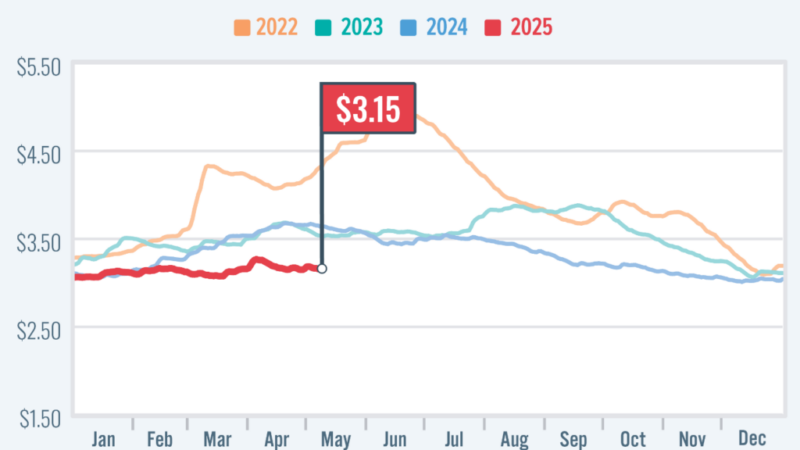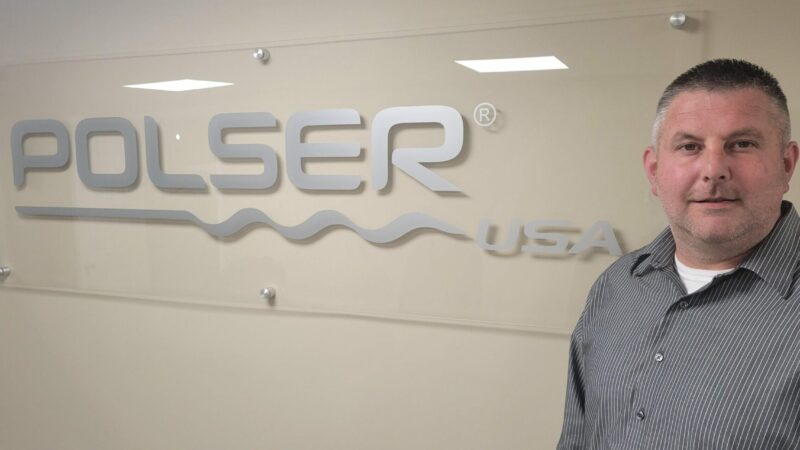Opinion: Stagnant RV Market Will Continue Through 2024 – RVBusiness – Breaking RV Industry News

Gregg Fore
EDITOR’S NOTE: The following is a guest opinion from Gregg Fore, the former partner of G&G Media LLC, which publishes RVBusiness, and Woodall’s Campground Magazine and AtTheCampsite.com. Fore also is the former president of Dicor Products, served for 19 years as a board member of the RV Industry Association, including two years as chairman, and is a 2018 inductee into the RV/MH Hall of Fame.
As I review the RV market environment, both in historical and future terms, I have concluded that we are mired in a longer-term stagnate market than everyone originally forecast – at least through 2024.
The overzealous market resulting from COVID stole future purchases. People, because of the COVID enigmas, were already trending to RV purchases but moved them ahead as one way to deal with COVID. At the time, many believed that the market had expanded – and there was some expansion because of COVID – but it appears that the majority of the increased sales may have been a result of consumers “pulling their purchases forward.”
Consequently, when the impact of COVID ebbed, volume declined more than expected because of the “moved-forward” purchases. As a result, along with other macroeconomic impacts, retail sales has seen a rather steep decline over the past 18-24 months.
While retail sales were declining, dealers were adjusting inventory levels from all-time highs to new levels not predictable, as the market was difficult to read and inventory expenses were rising.
As dealers fought to reduce inventories of higher-priced COVID-era units (particularly 2022 models), inventory and operating costs at dealerships were rising at an alarming rate: floor plan interest was up 50%; slowing sales meant curtailments were coming due on financed inventory; labor and other costs were increasing and margins were decreasing rapidly from all-time highs.
A cash crunch was in the making.
As OEM production slowed as a result of dealers reducing inventory, the supply chain caught up and, while material costs continued to escalate, the increases did slow significantly. OEMs in declining markets always seem to revert to the same methods used in past periods – de-contenting products, using less expensive substitute materials, etc. – all in an attempt to “buy” shelf space at their dealers and keep factories running at some level.
While “racing” to the low end always has some level of success in a stagnant market, that ploy also has limits. And I believe there are few long-term benefits of the low-price strategy because, as consumers continue to desire features, they are less attracted to de-contented vehicles. Yes, there will be sales, but little market growth.
Mostly, dealers and manufacturers will be treading water waiting for the next market recovery.
Because of all the government programs surrounding COVID-19, the Money Supply (M2) index, rose to record levels and provided plenty of cash in the economy. Most of it has now been spent, and M2 has dropped dramatically in recent months reducing available cash for consumer purchases. Today, the consumer is taking on more debt and reducing savings to maintain lifestyles. Meaning they are less likely to splurge on a new or used RV.
The “cash crunch” at RV dealerships has escalated over the past 12 months and will likely continue into the future. Margins on sales have dropped, costs of nearly everything has risen, and maintaining safety in cash flow is more critical than ever. Some dealers will see the handwriting on the wall and close voluntarily rather than lose their entire personal asset base. Others will be forced to do the same as cash flow reaches critical levels.
So, in 2024 the RV industry will end up with fewer dealer outlets – and a higher percentage of larger dealers, meaning the consumer will be forced to work harder to make a purchase and to get service. OEMs will have fewer outlets for the plethora of brands they have introduced, but will strive to keep brands alive by either shaving margins and discounting, de-contenting, or all of the above.
Niche products will likely become more important as well. It is tough for large OEMs to profit in niche markets as these markets are normally better served by smaller, more-focused OEMs who do not need large volumes to thrive.
The macroeconomic headwinds continue to blow, making RV market growth difficult in the short term
- Consumer interest rates show no signs of reducing in the near term.
- Wholesale finance rates also show no signs of reducing soon.
- Lower margins on lower sales will cause continued cash flow problems throughout the distribution chain.
- Consumer sentiment indexes have been decreasing for over four months and are likely to continue decreasing, or at least stay stagnant in the days ahead, based on the consumer’s dissatisfaction with the economy.
- Two regional wars in the world will continue to need focus and resources, along with the U.S. border issues, and further disrupt the economy if they continue without resolution.
- Inflation has, and will, continue to be a growing “tax” on the American people and economy; worker’s wage demands, while necessary, will simply add to the inflationary pressure of all goods and services; supply chain problems, while certainly improved, have not yet healed and are certainly not ready for a growing economy.
- The auto industry is mired in a slump, not unlike the RV industry, with little hope of any near-term growth, as well as being caught in the EV revolution – an expensive transition.
- Housing markets continue to be plagued with rising costs, high interest rates, and a declining propensity of the consumer to purchase.
- The political environment heading into an election year has no positives attached to it. The nation continues to be politically and philosophically split, causing uneasiness in all markets.
Reviewing the RVIA shipment and published retail registration data, the distribution channel will have 80,000-plus fewer RVs in inventory at the end of 2023 than it did one year ago, so dealers have made bold moves to restructure inventories and costs – yet in many cases, they have not yet caught up with the market slowdown. It is nearly certain that in calendar 2023 shipments by OEMs of new units will not reach 300,000 units.
Retail registrations for 2024 will likely be in the 300,000 to 330,000 range, a further reduction from 2023.
Shipments of new RVs to dealers for 2024 will be in the range of a number equal to 85% to 90% of retail registrations, so expect a continued drop in dealer inventories that is due primarily to continued expense reduction by dealers as well as a reduction in the number of dealer storefronts.
In summary, the next 12-18 months will be a continuation of the rough ride we have been on the past 24 months. It will take some creative marketing and positioning for OEMs, suppliers and dealers to gain market share and maintain needed profits and positive cash flow.
Yet, as always, opportunities to outperform the industry always exist for those who find new and better products and services.
The industry must stay united if any attempts to grow the market are to be successful, while at the same time working hard to compete with their industry partners. All-new alliances will be formed in the days ahead, which will transform products, markets, and distribution.
Source: https://rvbusiness.com/opinion-stagnant-rv-market-will-continue-through-2024/







